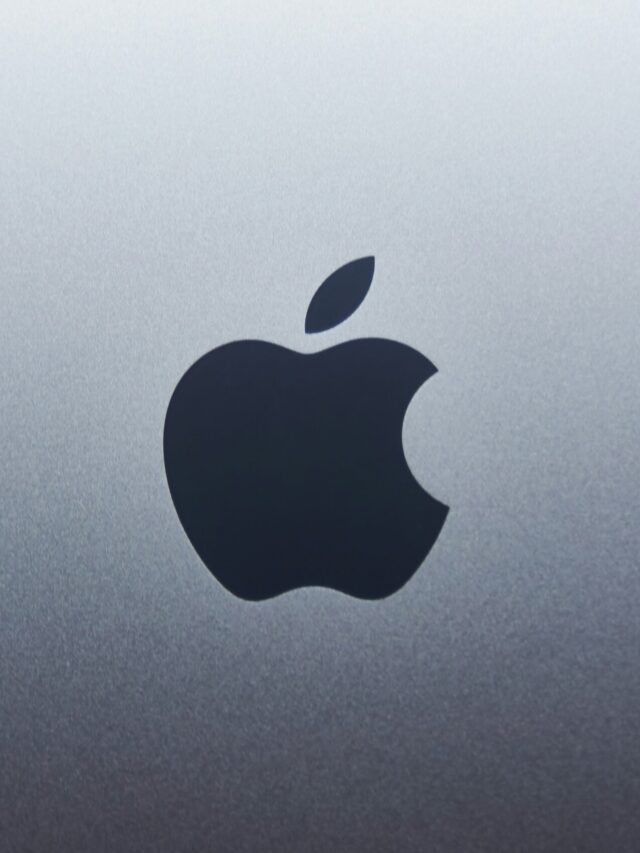The Journey of Apple Inc
Brief Overview Of Apple Inc.
Apple Inc Is A Multinational Technology Company Headquartered In Cupertino, California. Founded In 1976 By Steve Jobs, Steve Wozniak, And Ronald Wayne, Apple Has Played A Key Role In Shaping The Technology Industry. The Company Is Renowned For Its Innovative Hardware, Software And Services.
Importance In Tech Industry
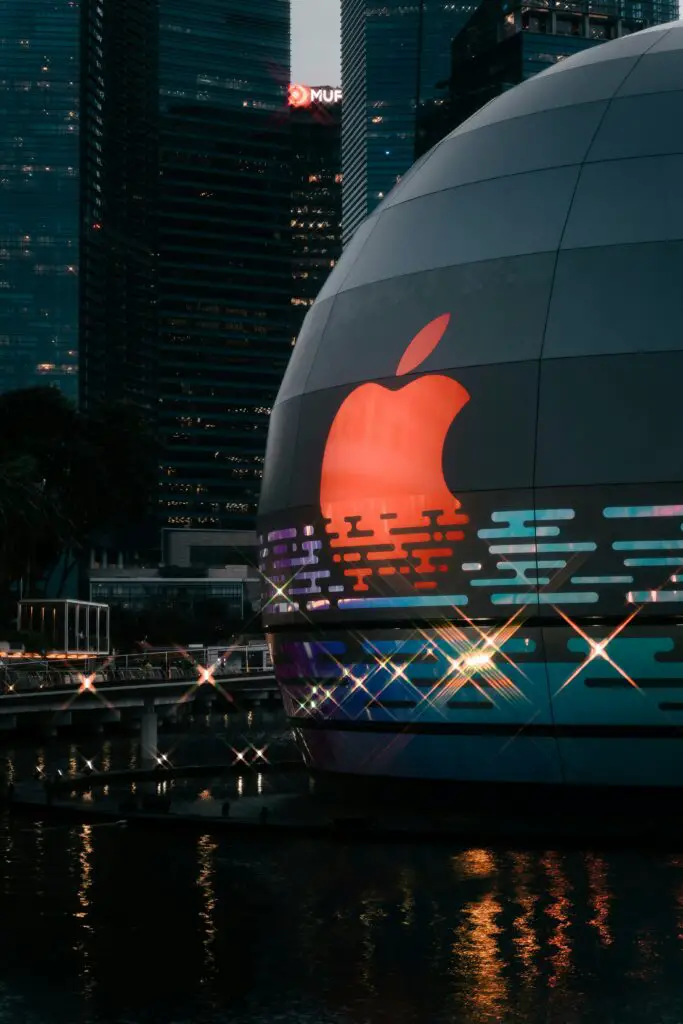
Apple’s Influence Extends Far Beyond Its Product Offerings. It Has Been A Trendsetter, Introducing Groundbreaking Products Such As The Macintosh, Ipod, Iphone, Ipad And Others. The Company’s Design Philosophy, Emphasis On User Experience, And Ecosystem Strategy Have Set Industry Standards, Making It A Global Leader In The Technology.
1. Year Of Establishment
A. Steve Jobs And Steve Wozniak
Steve Jobs And Steve Wozniak, Often Referred To As The “Founding Fathers” Of Apple, Were Instrumental In The Creation Of The Company. Jobs’s Vision For User-Friendly Technology And Wozniak’s Technical Expertise Laid The Foundation For Apple’s Success.
B. Garage Startup Culture
Apple’s Journey Began In A Garage, Which Is A Symbol Of The Startup Culture That Flourished In The 1970s. Its Humble Origins Reflect The Passion And Determination Of Its Founders, Who Started With A Vision To Change The Way People Interact With Technology.
2. Initial Challenges
A. Competition In The Technology Market
During Its Early Years, Apple Faced Stiff Competition From Established Players. The Technology Industry Was Rapidly Evolving, And Apple Faced Challenges To Differentiate Itself In A Crowded Market.
B. Early Financial Struggles
Financial Challenges Posed A Significant Hurdle. Apple Had To Secure Funding To Maintain Its Operations And Faced Financial Uncertainties. Overcoming These Early Hurdles Laid The Foundation For The Company’s Resilience.
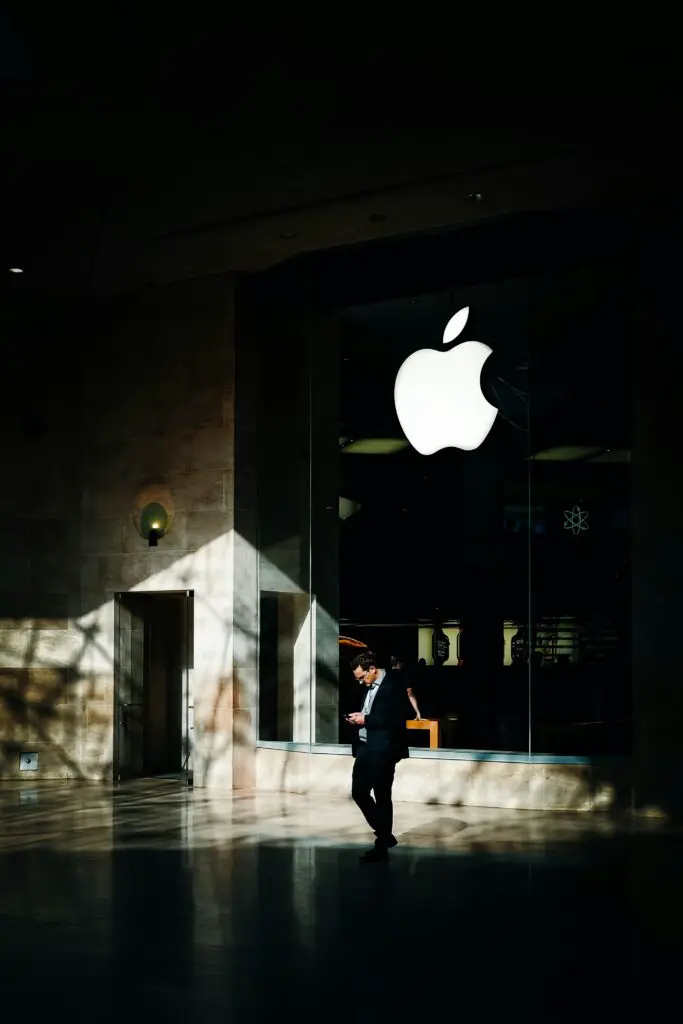
3. Revolutionary Product
A. Introduction To Macintosh
The Macintosh, Introduced In 1984, Was A Game-Changer. Its Graphical User Interface And Innovative Design Set It Apart From Other Computers Of Its Time, Revolutionizing Personal Computing.
B. The Game-Changing Ipod
Launched In 2001, The Ipod Changed The Music Industry. With Its Attractive Design And User-Friendly Interface, It Became A Cultural Phenomenon, Laying The Groundwork For Apple’s Entry Into Portable Consumer Electronics.
4. The Rise Of The iPhone
A. Launch And Impact On Smartphone Market
The Launch Of The Iphone In 2007 Marked A Seismic Shift In The Smartphone Landscape. Its Touch Interface, App Store, And Integration Of Multimedia Capabilities Redefined The Concept Of A Mobile Device.
B. iOS Ecosystem Development
The Success Of The Iphone Paved The Way For The Development Of The Ios Ecosystem. This Ecosystem, Which Includes Iphones, Ipads, Macs And Wearable Devices, Ensures Seamless Integration, Creating A Cohesive User Experience.
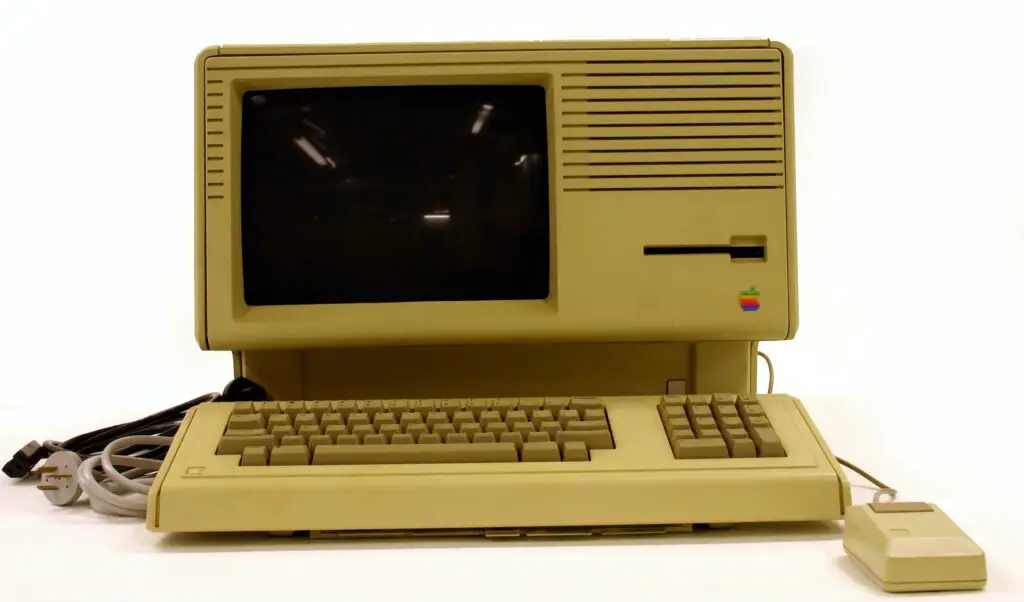
5. Expansion Of Product Range
A. MacBook, iPad, Apple Watch
Apple’s Product Line Expanded Beyond Computers And Smartphones. The Macbook, Ipad, And Apple Watch Demonstrated The Company’s Versatility, Offering A Variety Of Products That Meet Different Consumer Needs.
B. Apple’s Ecosystem Strategy
Integrating Apple Products Into A Cohesive Ecosystem Is A Strategic Move. This Strategy Increases User Engagement By Allowing Seamless Interaction Between Devices, Promoting Brand Loyalty.
6. Leadership Change
A. Departure And Return Of Steve Jobs
Steve Jobs’ Departure In The Mid-1980s And His Triumphant Return In The Late 1990s Shaped The Story Of Apple. His Visionary Leadership And Commitment To Innovation Left An Indelible Mark On The Company.
B. Tim Cook Era
Tim Cook Succeeded Steve Jobs As Ceo In 2011. Under Cook’s Leadership, Apple Continued To Progress While Maintaining Its Commitment To Innovation While Focusing On Operational Efficiency And Global Expansion.
7. Apple Branding And Marketing
A. The Prestigious “Think Different” Campaign
Apple’s “Think Different” Campaign, Launched In The Late 1990s, Emphasized Innovation And Individuality. It Celebrated Iconic Figures Who Challenged The Status Quo And Reinforced Apple’s Brand As A Symbol Of Creativity.
B. Consistent Design Philosophy
Apple’s Commitment To Minimalist, Sleek Design Has Been A Hallmark Of Its Brand. Consistency In The Design Of All Products Creates A Consistent Visual Identity, Which Contributes To Brand Identity.
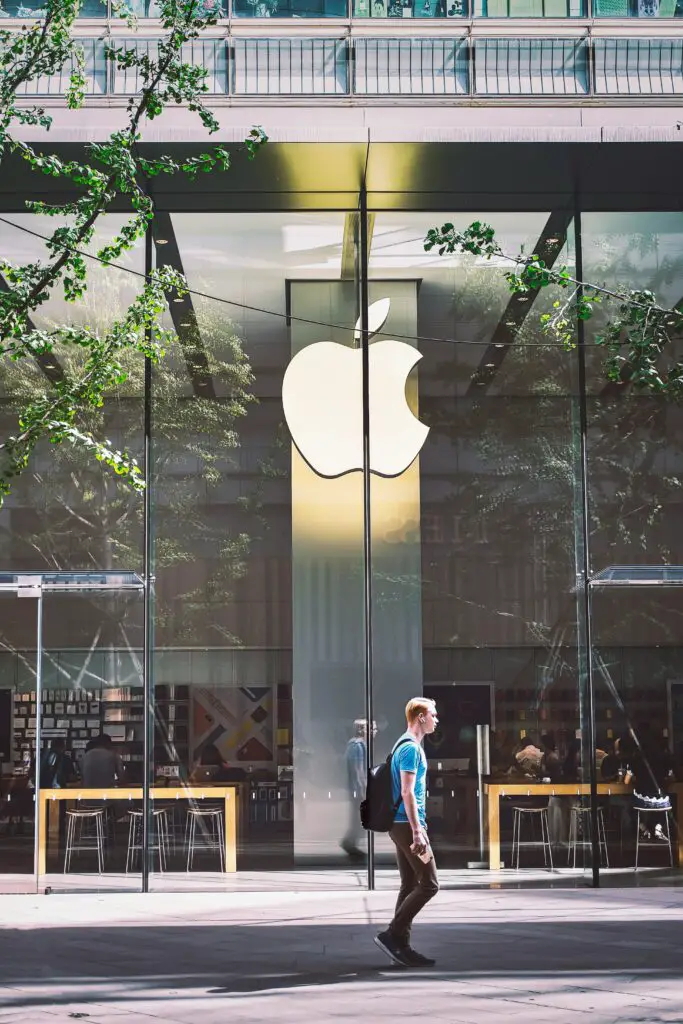
8. Innovation And Design Philosophy
A. Emphasis On User Experience
Apple Places Emphasis On Providing A Smooth And Intuitive User Experience. From Hardware Design To Software Integration, Every Aspect Has Been Carefully Crafted To Maximize User Satisfaction.
B. Integration Of Hardware And Software
The Integration Of Hardware And Software Is A Major Aspect Of Apple’s Success. This Approach Ensures That The User Experience Is Optimized, Setting A Standard For The Tech Industry.
9. Apple’s Global Influence
A. Economic Impact
Apple’s Economic Influence Extends Globally. As One Of The World’s Most Valuable Companies, Its Market Presence Influences Financial Markets And Contributes Significantly To The Global Economy.
B. Environmental Initiatives
Apple Is Committed To Environmental Sustainability. The Company Uses Renewable Energy, Reduces Its Carbon Footprint, And Focuses On Recycling Materials, Contributing To A Greener And More Sustainable Future.
10. Apple’s Challenges
A. Antitrust Issues
Apple Has Faced Scrutiny Over Its App Store Practices, With Allegations Of Anti-Competitive Behavior. Legal Challenges And Investigations Have Drawn Attention To The Balance Between Innovation And Fair Competition.
B. Balancing Innovation And Privacy Concerns
As Technology Advances, Apple Faces The Challenge Of Innovating While Addressing Privacy Concerns. It Is Important To Strike The Right Balance To Maintain Consumer Trust And Meet Regulatory Expectations.
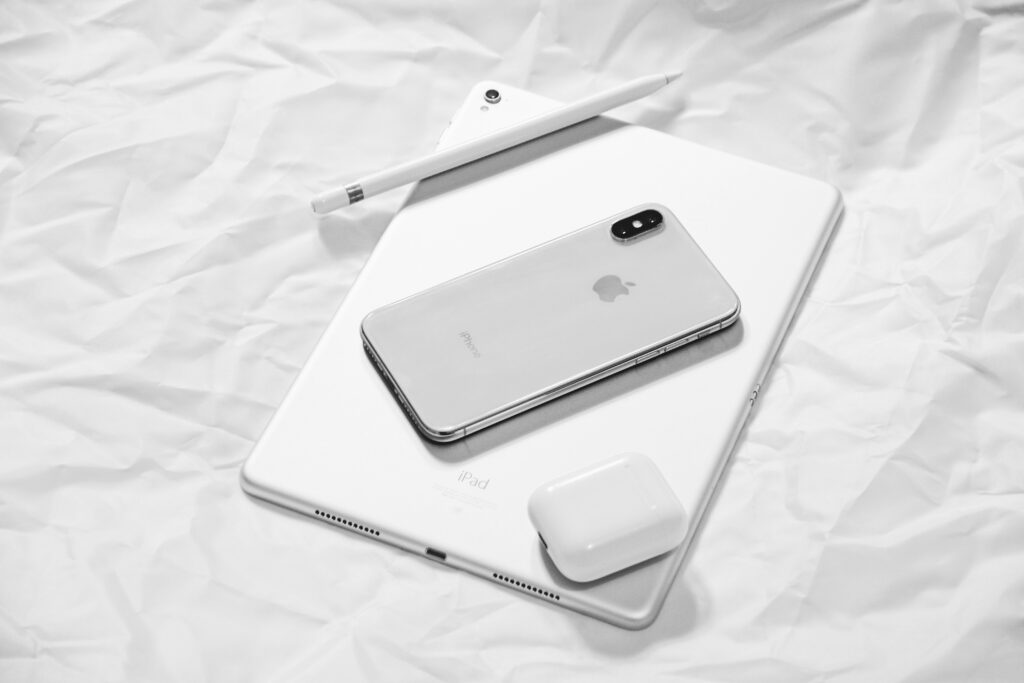
11. Future Prospects
A. Upcoming Projects And Developments
Apple’s Commitment To Innovation Continues With Upcoming Projects. From Advances In Artificial Intelligence To New Product Releases, The Company’s Future Prospects Remain Dynamic.
B. Apple’s Role In The Emerging Technological Landscape
As The Tech Landscape Evolves, Apple Is Poised To Play An Important Role. Its Influence In Emerging Technologies, Combined With A Focus On Sustainability, Ensures A Continued Impact On The Industry.

Conclusion
A. Recap Of Apple’s Journey
Apple’s Journey From Garage Startup To Global Tech Giant Is A Testament To Innovation, Flexibility, And Visionary Leadership. Each Stage Of Its Development Has Contributed To Its Enduring Legacy.
B. Ongoing Legacy In The Tech World
As Apple Continues To Shape The Future Of Technology, Its Legacy Lives On. The Company’s Impact On Consumer Electronics, Design Standards, And User Experience Ensures A Lasting Impact On The Tech World.
Questions To Ask
What Makes Apple’s Design Philosophy Unique?
Apple’s Design Philosophy Focuses On Simplicity, Beauty, And An Unwavering Commitment To User Experience. This Dedication Is Reflected In The Attractive And Intuitive Designs Of Its Products.
How Has Apple Contributed To Environmental Initiatives?
Apple Actively Engages In Environmental Initiatives By Using Renewable Energy, Reducing Carbon Emissions, And Promoting The Use Of Recycled Materials In Its Products And Packaging.
What Challenges Has Apple Faced In Terms Of Antitrust Issues?
Apple Has Faced Scrutiny Regarding Its App Store Practices, Along With Allegations Of Anti-Competitive Behavior. Legal Challenges And Investigations Have Begun.
How Has Apple Maintained Its Brand Consistency Over The Years?
Apple’s Consistent Design Language, Innovative Marketing Campaigns And Unwavering Commitment To Quality Have Played A Vital Role In Maintaining Its Brand Identity.
What Is The Importance Of Apple’s Ecosystem Strategy?
Apple’s Ecosystem

